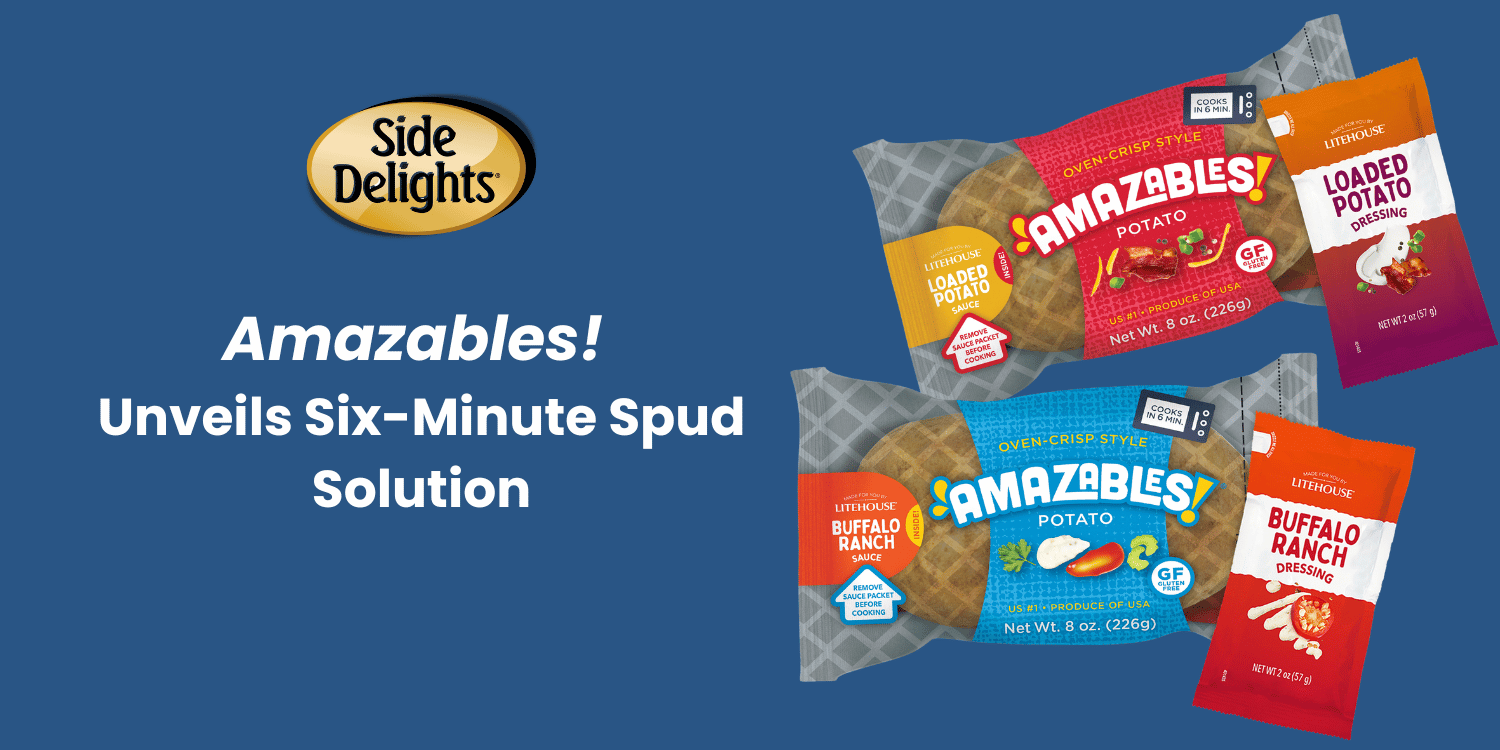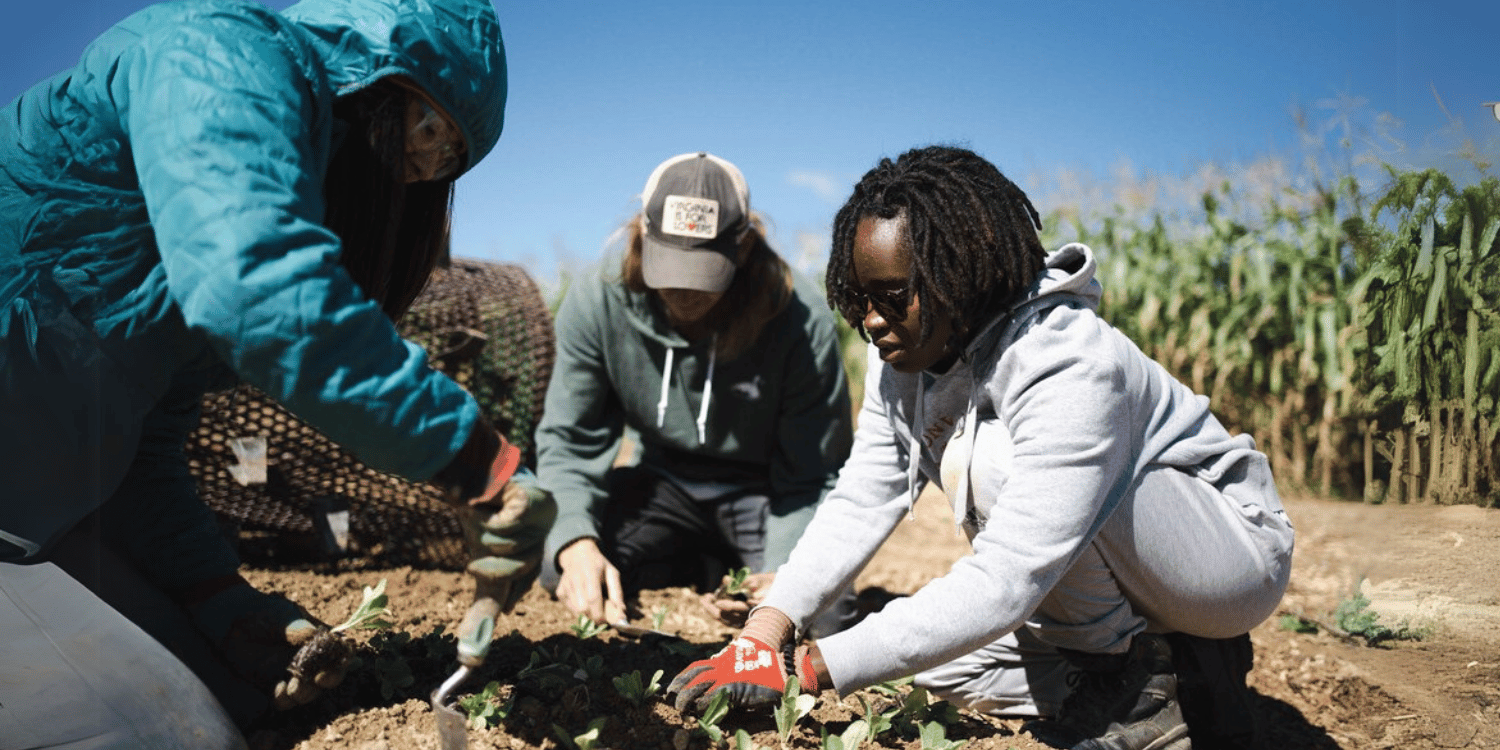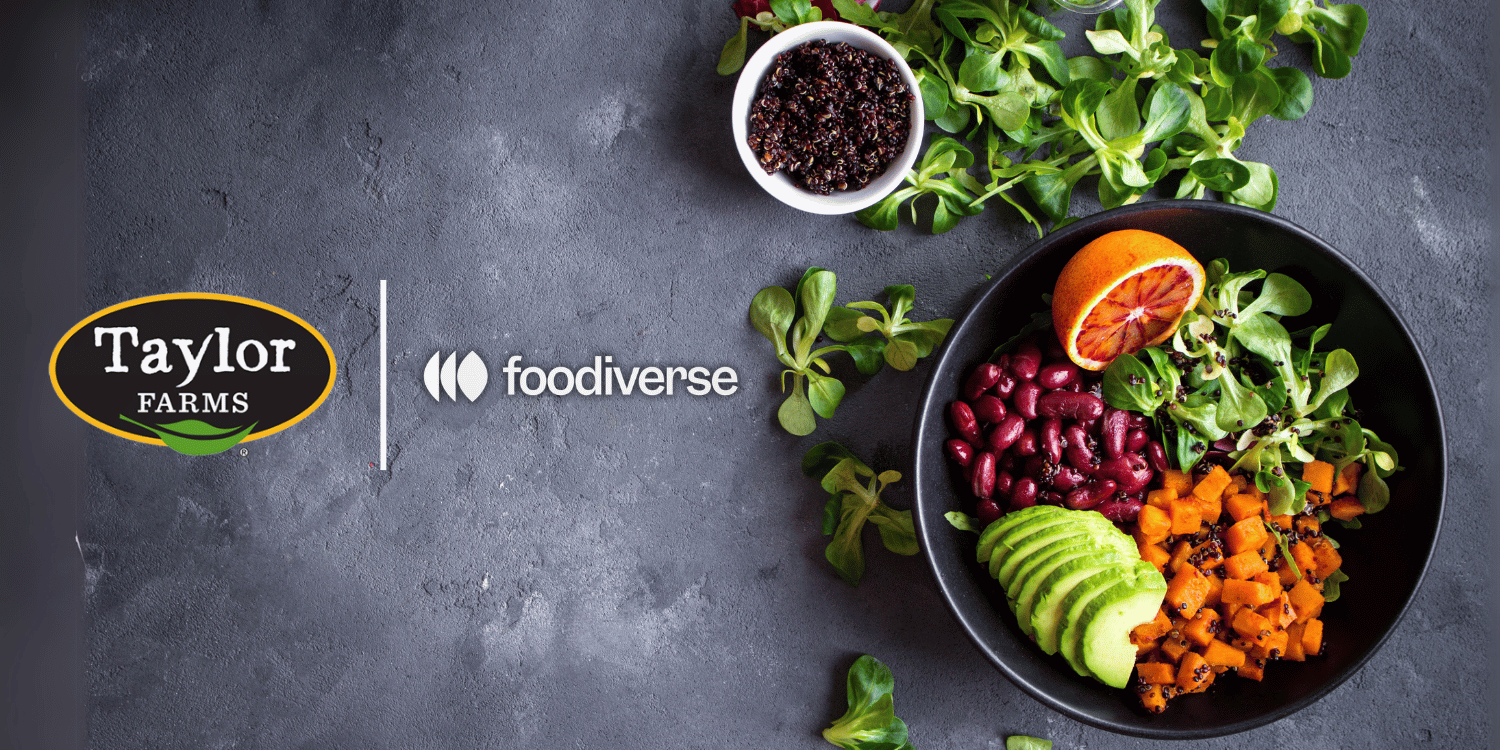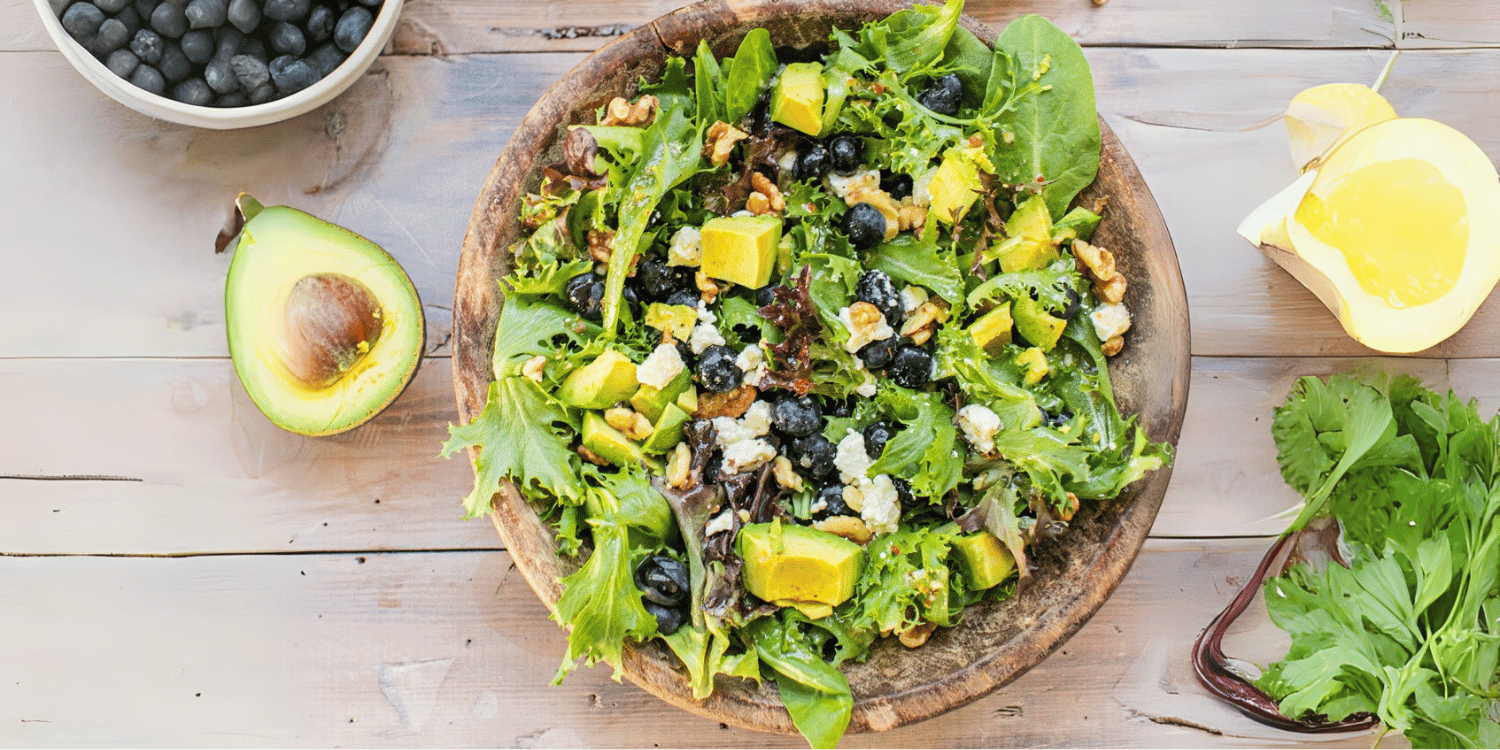Brick Meets Click/Mercatus report reveals rising online grocery spending, increasing customer retention, and shifting preferences toward delivery and pickup services.
In August 2024, the U.S. online grocery market saw a 7% year-over-year (YOY) increase in sales, reaching a total of $9.9 billion. This growth marks the third consecutive month of high-single-digit gains for the sector, largely driven by promotions targeting subscription and membership programs, according to data from the Brick Meets Click/Mercatus Grocery Shopper Survey conducted on August 30-31, 2024.
All three primary online grocery fulfillment methods—Delivery, Pickup, and Ship-to-Home—experienced growth compared to the previous year. Delivery stood out, contributing more than half of the sales gains for the month with a 10.2% YOY increase to $3.9 billion.
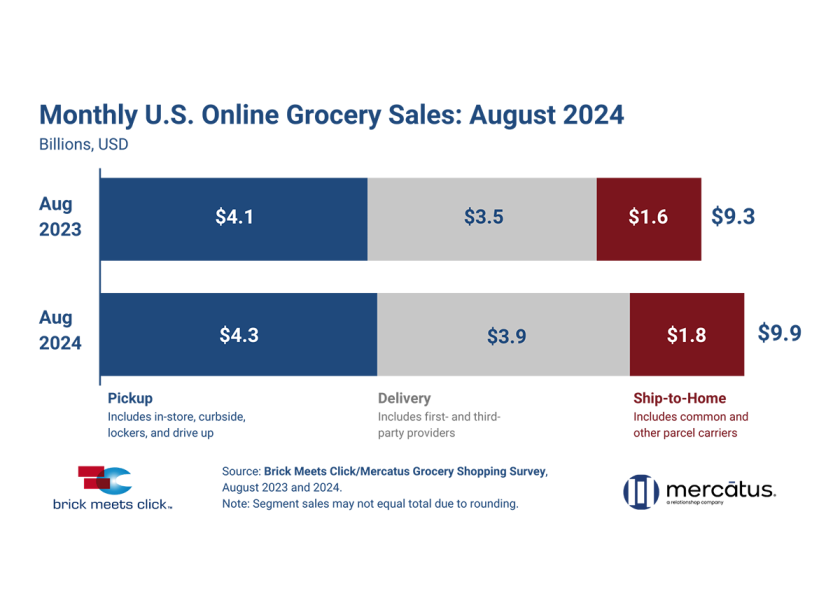
This surge was fueled by a notable rise in the number of monthly active users (MAUs), who were drawn in by promotional offers from major retailers. Ship-to-Home, which accounts for over a fifth of the market’s gains, saw an 8.9% rise to $1.8 billion.
The increase in average order values (AOV) was enough to offset stagnant growth in its MAU base and declining order frequency. Pickup, despite a more modest performance, posted a 3.5% growth to $4.3 billion, bolstered by slight MAU growth.
One of the standout developments in August was the impact of Delivery and Walmart. Both saw significant MAU growth, a trend largely attributed to the promotional activities launched in May 2024.
Delivery’s MAU base expanded by nearly 16%, far surpassing the 6% overall eGrocery growth rate. Meanwhile, Walmart’s MAU base increased by approximately 9% YOY. As stated in the report, “Achieving growth will only get more challenging for grocers that don’t have a competitive offering or ways to offset the discounts,” said David Bishop, partner at Brick Meets Click.
The promotions that began in May were crucial to these gains. Major players like Instacart, Walmart, Amazon, and SpartanNash launched significant discounts aimed at attracting new users.
For instance, Instacart introduced an 80% discount on its annual membership, while Walmart offered a 50% discount. These deals, which continued into July and August, were particularly successful during the back-to-school season, targeting students and teachers.
The effects of these promotions were felt across the entire eGrocery landscape. Comparing sales from the three months following the launch of these offers (June – August 2024) to the prior period (March – May 2024), total eGrocery sales grew by 7.9% YOY, a significant increase from the 1.4% growth in the earlier period. Even after accounting for seasonal fluctuations, the net gain was estimated to be around 220 basis points (bps).
The most dramatic impact was observed in the Delivery segment. During the June – August 2024 period, Delivery sales surged by 16.1% compared to just 0.6% growth in the preceding three months. This was driven by a 13.9% YOY increase in Delivery’s MAU base and a sharp rise in order frequency, which climbed by 14.9% YOY. The earlier period (March – May 2024) saw a decline in order frequency, illustrating the pivotal role that promotions played in reversing this trend.
Walmart, in particular, benefited from these efforts. The share of U.S. households that primarily shop for groceries at Walmart, whether online or in-store, grew to about 30% during June – August 2024, up by 130 basis points from the prior period.
Walmart’s loyal customers, already inclined to shop online, were even more likely to continue doing so as a result of the ongoing promotions. This widened the gap between Walmart and traditional supermarkets in terms of online grocery sales.
“Regional grocers are facing increased competition from retail giants like Walmart and Amazon,” said Mark Fairhurst, Chief Growth Officer at Mercatus. He emphasized the importance of smaller grocers leveraging their strengths in fresh food, private labels, and localized convenience while also investing in targeted promotions that foster customer loyalty. Personalized engagement, according to Fairhurst, is key to building stronger customer relationships and competing in today’s digital market.
The success of the promotions and their impact on the broader online grocery landscape highlights the importance of strategic marketing efforts in a rapidly evolving market. As the competition intensifies, especially with large retailers leveraging their vast resources, regional grocers will need to find innovative ways to retain and grow their customer base.
This information is based on the Brick Meets Click/Mercatus Grocery Shopping Survey, which is an independent research initiative. The survey conducted on August 30-31, 2024, included responses from 1,829 adults and was weighted to reflect the national U.S. adult population, ensuring the accuracy and reliability of the findings.


